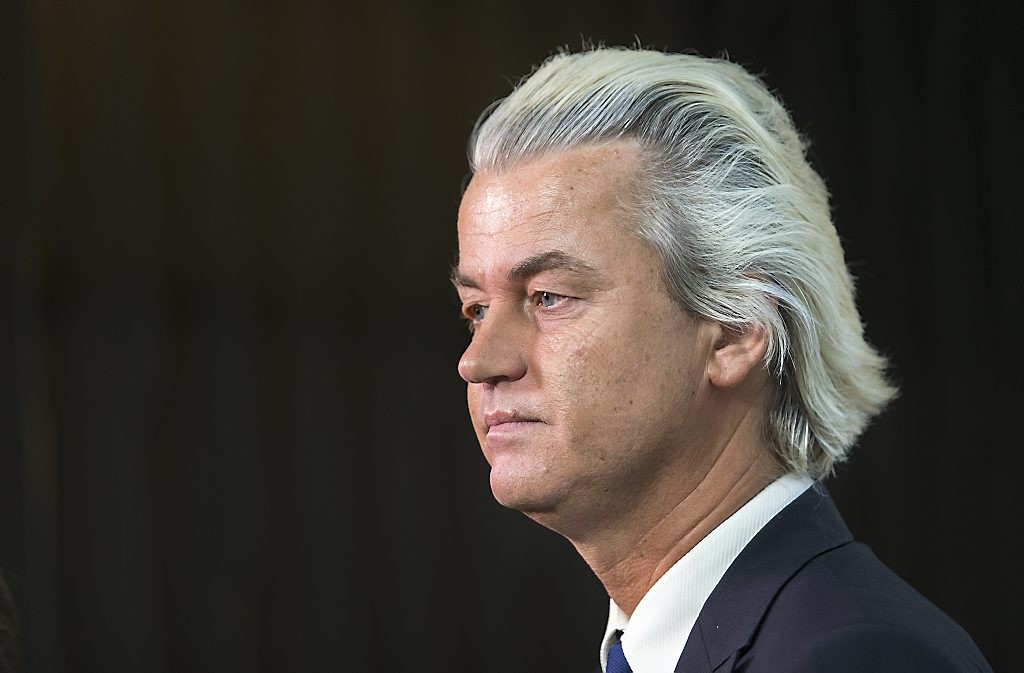Dan Li, J.D. Candidate 2018, Columbia Law School
Europe and the United States are both global economic powers, each leading in various areas. Over the years, economic integration between Europe and the United States increased significantly. The number of cross-border takeovers mushroomed. Much convergence was noticeable between the European and U.S. corporate governance systems. However, the regulatory takeover regimes in Europe and the U.S. remain starkly different.
The prevailing view is that takeover regulations aim to maximize shareholder value – they are designed to encourage beneficial takeovers and minimize wasteful ones. To achieve the effect of encouraging beneficial takeovers, the U.S. and EU came up with drastically different frameworks: “The behavior of acquiring companies and target companies are subject to entirely different requirements under U.S. and E.U. law.” It is crucial to understand the reasons behind the differences between the two regulatory frameworks, the possibility of convergence within Europe, and the eventual likelihood of convergence between Europe and the United States.
In Europe, discussion of convergence in takeover regulation began in the late 1980s. In 1989, European authorities first proposed a Directive on takeovers. As the number of hostile cross-border takeovers increased across Europe, Member States gradually realized that somewhat harmonized regulation could help each of the parties involved. The process of harmonization involves a long battle: the European Union’s Thirteenth Directive on Takeover Regulation was approved in 2004. It was scheduled for implementation by Member States by 2006. The European Commission repeatedly attempted to standardize a hostile takeover regime for the continent but encountered much resistance. The Directive’s final version provided much flexibility for Member States through various optional provisions. Under the directive, corporate raiders can obtain control only through a public tender offer on all outstanding shares, and they must pay a minimum price set by statute. The directors and controlling shareholders of target companies “are limited under the Directive regarding the defensive measures that they can employ to repel a hostile bid.” The Thirteenth Directive puts considerably greater restraint on corporate raiders as well as on the target company’s management team.
For examining the question of convergence in takeover regulation, it is necessary to look at the positions and developments of European Member States on this issue. As aforementioned, the final version leaves much discretion to Member States. For example, Article 5(1) of the Directive “requires compulsory offers when natural or legal persons, acting alone or in concert with others, acquire a certain threshold ownership in the corporation’s securities.” The provision leaves many terms open to interpretation. It neither defines “control,” nor does it provide “a fixed threshold representing a presumption of control.” In paragraph 4 of Article 5, the Directive allows Member States to “authorize their supervisory authorities to adjust the price of the bids.” The most indicative language of much discretion given to Member States appears in Article 12 (Optional arrangements) of the Directive: “Member States are authorized to reserve the right not to require companies… which have their registered offices within their territories to apply Article 9(2)…”
Will there be harmonization within Europe? Even though the Thirteenth Directive is the result of numerous compromises and has raised many questions whether the Directive will truly lead to convergence within Europe, the Takeovers Directive has now become a cornerstone of public M&A in Europe. Studies have shown that there is a substantial level of convergence within Europe. The mandatory bid rule had been “widely adopted across the different groups of countries by 2004.” Member States agree that the “equal treatment rule constitutes a fundamental principle of corporate law.” There is also gradual convergence towards the adoption of the “squeeze out” rules. Differences remain among Member States, but one can see steps taken by individual countries towards convergence in this area.
In comparison to the approach taken by the European Council with the Thirteenth Directive, the United States grants considerably more freedom to both the acquiring party and to the target corporations. The Williams Act lays down minimal requirements for acquiring corporations in the process of a tender offer, which includes disclosure of the acquisition’s purpose, offering plans for future changes, and paying the same price for all tendered shares. The raider can make an offer “for any number of shares, and the target board of directors may take defensive measures against the offer.” The Delaware courts established jurisprudence and guidance for defensive measures through major cases such as Unocal Corp. v. Mesa Petroleum Co. and Revlon, Inc. v. MacAndrews & Forbes Holdings, Inc.
The first possible explanation of this divergence lies in the ownership structures in Europe and the U.S.: ownership of American companies is, for the most part, widely dispersed, giving management considerable influence at board level, while European entities are owned by controlling shareholders. The Thirteenth Directive is more favorable to shareholders because the subject corporations are owned by controlling shareholders. The U.S. regulatory framework gives directors greater freedom because when corporations are diffusely owned, they are more “director-centric.”
The second possible explanation for this difference lies in “the process by which laws are created and or interpreted.” The level of political involvement differs in the two regimes. In Europe, the E.U. and its institutions developed the Directive through a “process of consultation, political compromise, and lobbying.” The U.K. initially opposed the Directive, even though it is largely modeled upon the U.K.’s own model, because it feared it would encourage costly litigation; the Netherlands also opposed it because of its allowance of defensive tactics; and France lobbied successfully “to include employee protection provisions in the proposed directive.” In some sense, the Directive became a political tool that provided opportunity for considerable bargaining and negotiations. The final result was a political, economic, financial and corporate compromise among the Member States. Delaware courts, however, develop their case law by taking into consideration the history of corporate law and the “current state of empirical research, at least nominally free of political pressure.” At numerous times, Delaware courts took the backdrop of corporate law, new developments of the corporate landscape, and “the state of current legal scholarship” into consideration when rendering decisions.
Other possible explanations elaborate on the background of corporate regulations in Europe and in the U.S., and on the different emphasis of “effect research” of takeover regulation.
Looking forward, it remains a particular challenge to conjecture whether convergence between Europe and the United States in their takeover regimes will develop. The root causes of the differences between the two regulatory frameworks suggest that not much convergence will appear anytime soon. Even though analyses of major causes of these differences met with legitimate critique, there is almost no empirical indication of actual convergence, no matter which cause one may deem more salient. Ownership structures of the two regions have not changed much over recent decades. Thus, there is not much reason to expect significant future change absent material shifts in determining factors. As they have in the past, proposals by the European Council will continue to face determined resistance in defense of different traditions and cultures among Member States. Historically, political tensions arose when Member States’ lobbying groups tried to advance the interest of their sponsoring nation state. Because this sort of compromise is almost always a zero-sum game, harmonization within Europe has proved a difficult process subject to much political bargaining and negotiations. There is no reason to optimistically assume that Europe will suddenly start acting efficiently and quickly as a single entity guided by one mind or interest. Delaware courts will continue their approach to corporate takeover law because, over the years, they developed much more sophistication on a variety of takeover-related issues. Lastly, in order to see genuine convergence between the European and U.S. regulatory frameworks for takeovers, Europe would first have to achieve a higher level of harmonization in many areas of law among its Member States. Even though there is some initial evidence of convergence within Europe on takeover regulation, the practical effects of such gradual harmonization and the responses from Member States thereto very much remain to be seen to date.
Featured Image Source: http://raps.org/uploadedImages/Site_Setup/Regulatory_Focus/News/2016/05/ap21250040_000004.jpg




